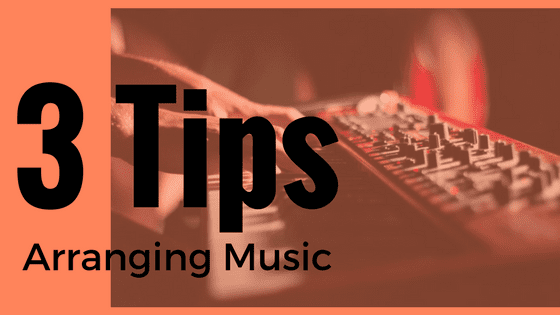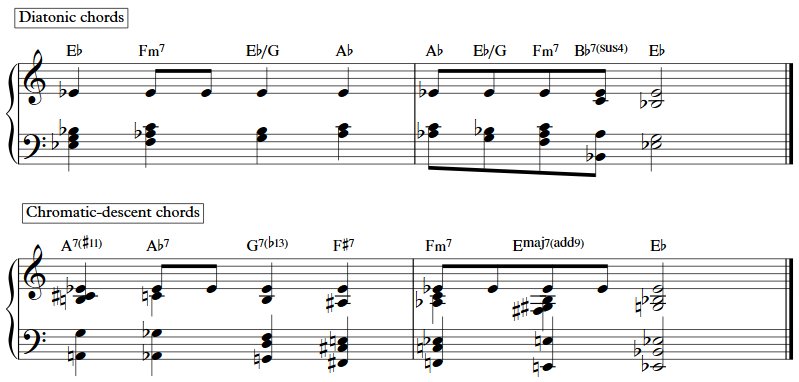3 Tips for Arranging Music

Arranging music is a skill that can be cultivated through a combination of music theory study and practice at your instrument. Perhaps even more than great soloing and improvisation abilities, I am drawn to great songwriting and arranging abilities. What does it mean to "arrange" music? Music arranging refers to the ability to orchestrate and re-work an existing piece of music with new or different chords, rhythms, chord substitutions, grooves, instrumentation, etc. It's basically an extension of the skill of music composition.
My first professional arranging gig was working on a cruise ship and arranging music for cabaret artists who came aboard. Sometimes they needed new music prepared for their show while other times they needed music re-worked for the ensemble and instrumentation onboard. Later I worked a lot with singers, helping to prepare their books so that all of their songs were written in their preferred key and arranged for various musicians who might perform with them. This taught me a lot about theory, harmony, and song-writing, and in this article I'd like to share 3 tips for arranging music.
Arranging Music Tip #1: As much as possible, leave the melody alone!
This is my #1 rule for arranging music when you are working with a pre-existing piece of music. Think about it - the melody is the part of the song you're hoping gets stuck in the listener's head, the "hook," the part that people hopefully walk away humming and singing. When trying to find new ideas, grooves, chords, or instrumentation for a song, I try to NEVER alter the melody (or if I must, I try to alter it as little as possible). The reason is simple - changing the melody changes too much of the underlying, identifiable aspect of the song.
When I created this arrangement of "Every Breath You Take" by Sting and the Police, I took many liberties with the chords, rhythms, groove, and instrumentation, but I tried to never alter the melody. Have you heard of the Swedish band 'Dirty Loops'? They became internet sensations by covering pop tunes and re-working them into awesome jazz-rock-fusion arrangements. And they do a great job of staying true to the original melody. Check out their arrangement of Avicii's "Wake Me Up."
Arranging Music Tip #2: As an exercise, try to harmonize a melody tone in as many different ways as possible.
Since arranging is so much about working with chords and harmony, a lot of the best arrangements start with cool reharmonization ideas, substituting one chord or set of chords for another. Knowing your major, minor, and dominant chords, chord tones, diatonic chords, and extensions gives you more options that you can use to create interesting harmonies. Consider the excerpt below which uses a melody consisting only of the note 'Eb' by first using diatonic chords and then using a chromatically-descending sequence of chords.
Arranging Music Tip #3: Be able to play your arrangement at the piano.
In this age of ProTools and Logic, I meet so many students who have produced or arranged pieces of music but are not able to play them. Perhaps I'm a little old-school but the idea of creating an arrangement that you cannot play (at least in some capacity) is completely foreign to me. I would even advise non-pianists to be able to pluck through their arrangement a bit at the piano simply because the piano is such an excellent, polyphonic arranging tool. Being able to play through your creations at the piano is an excellent skill that improves your ability to hear the nuances of each chord.
